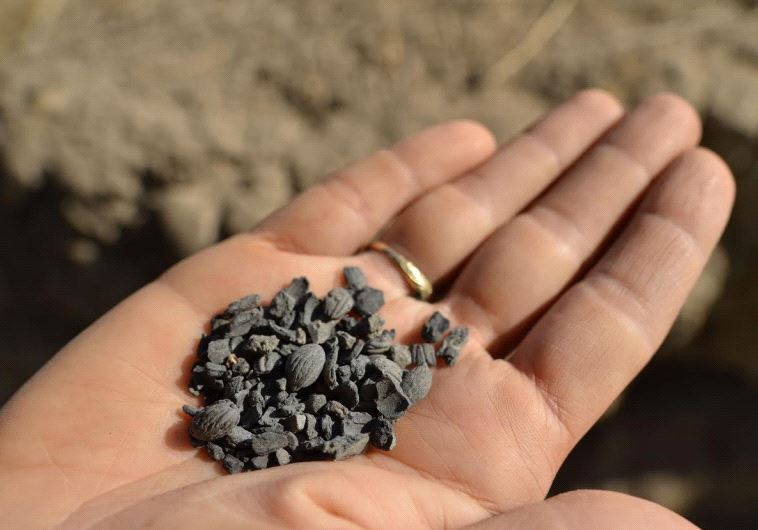7,000-year-old pits found in northern Israel suggest sophisticated ancient irrigation
University of Haifa archeologists say olive pit discovery requires reevaluation of ancient irrigation techniques.
 The ancient olive pits found during the excavation in the Tel Beit She’an Valley(photo credit: UNIVERSITY OF HAIFA)Updated:
The ancient olive pits found during the excavation in the Tel Beit She’an Valley(photo credit: UNIVERSITY OF HAIFA)Updated: